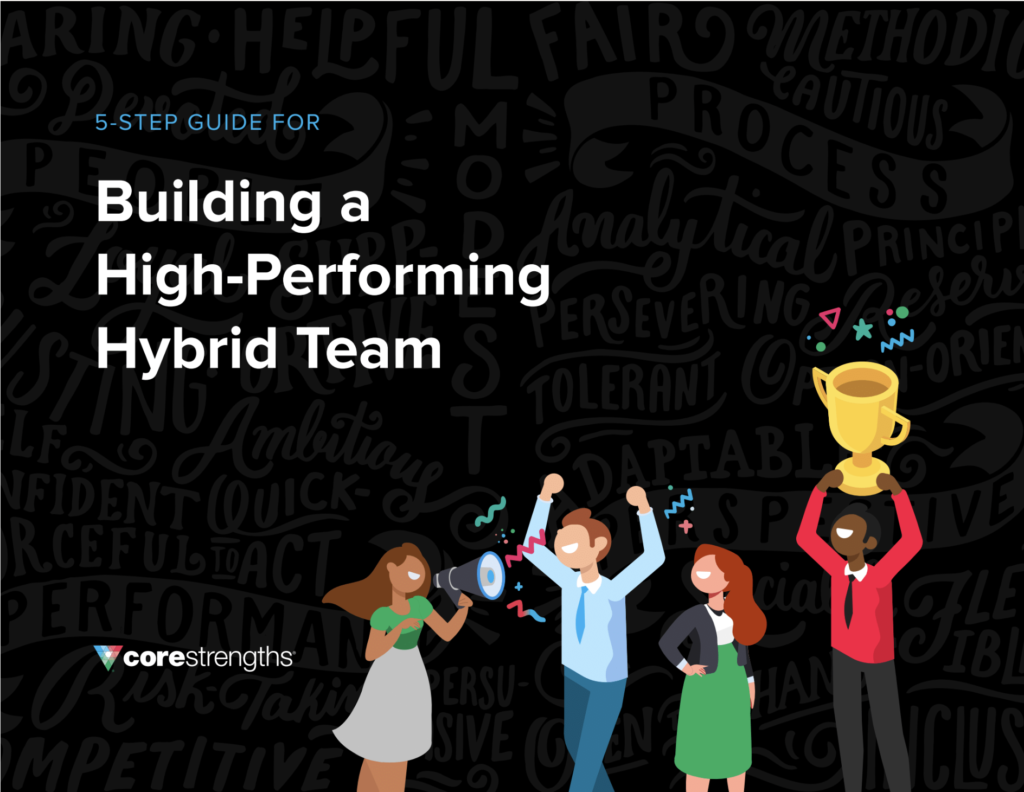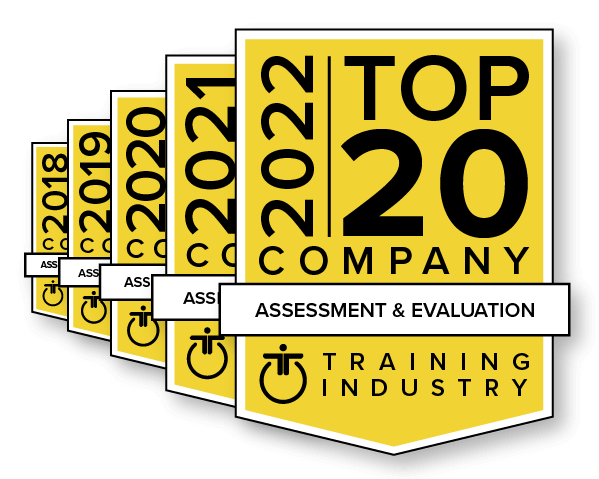When your usual techniques aren’t getting you out of a work performance slump, it’s time to try something different.
In professional baseball, sometimes a consistently great hitter starts struggling to get on base. In business, sometimes a sales person with a consistently high conversion rate starts struggling to make a sale. Call it being off your game, in a rut, or floundering — these are two examples of a work performance slump, and it can happen to anyone.

A work performance slump may happen during the summer months when you really need a vacation, after hitting a big deadline that wore you out, or for no identifiable external reason at all. Sometimes, a slump just happens.
What is a work performance slump?
We all get into work performance slumps sometimes. At Core Strengths, we define a slump not as one or two off days, and not as the inability to meet the unrealistic expectations set by perfectionism. A slump is the recognition that you’re not performing at the level you’re accustomed to, and this dip in performance goes on for a sustained period of time.
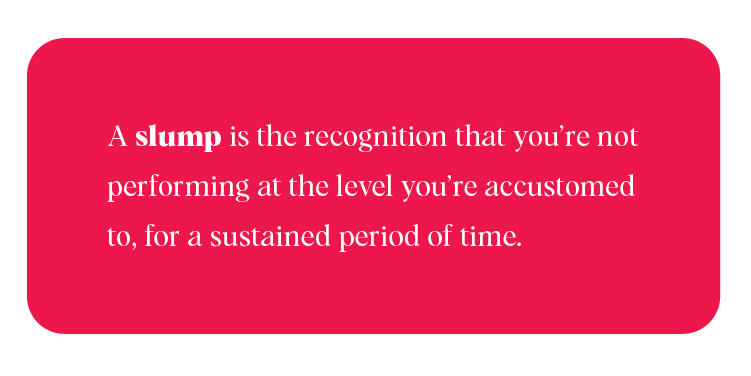
Possible reactions to a work performance slump
Falling into a work performance slump creates internal conflict, because, for better and for worse, many people have significant portions of their self-worth wrapped up in their ability to do their jobs well. When you experience a drop in performance, that sense of self-worth suffers. You may wonder whether you’ve lost the special talents and abilities that make you who you are, and that wondering can be maddening.
You probably have certain strategies you use to motivate yourself and get the results you’re used to. Those strategies are influenced by your motivational value system (MVS): everyone is primarily motivated by performance (red), process (green), or people (blue).
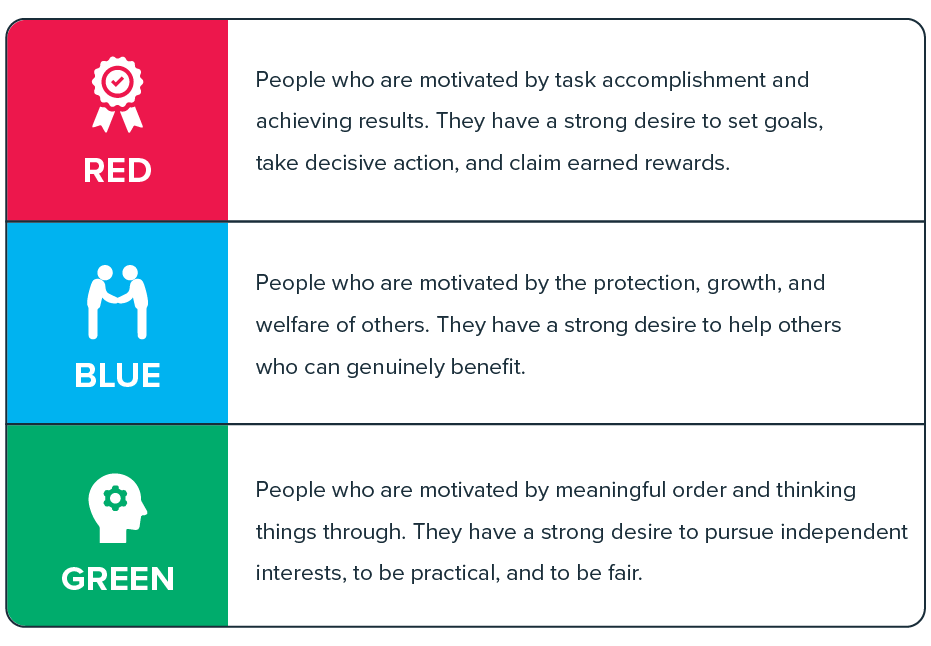
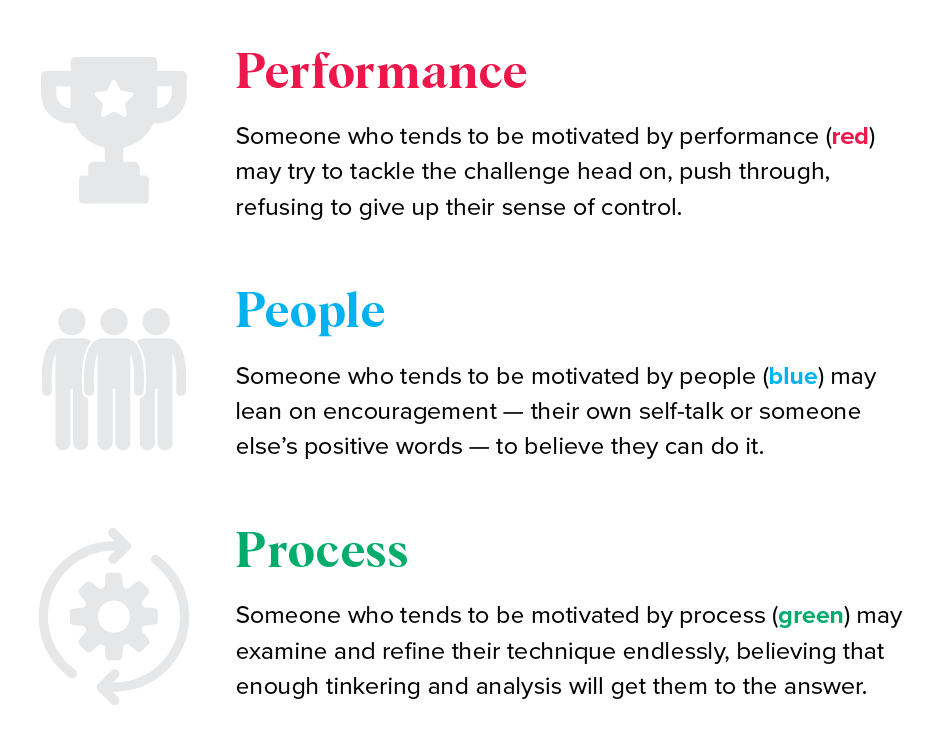
The SDI 2.0 assessment gives you a full portrait of your primary strengths and motivations, but you probably have a sense of your top one or two just by reading this far.
No matter which color is your primary MVS, it’s natural to double down on the strategy that feels most intuitive to you — the one that works when you’re at the top of your game. But when you’re lagging, intuition won’t help you break out of a slump. In fact, the best solution is often the least intuitive one.
How do you get out of a work performance slump?
Have you ever tried the usual methods of getting unstuck, then finally gotten so exasperated that you give up and do the opposite — and then it works?
- Someone with a green MVS may have been overthinking and tinkering with the process until they “stop overthinking” and trust their ability.
- Someone with a blue MVS may have been depending on encouragement until they take some time, review their skills, and identify something that needs to be adjusted.
- Someone with a red MVS may have been grinding until they finally take a break and spend time with family or friends — and realize that’s just what they needed.
But you don’t have to wait until you’re desperate to take a new tactic. Instead, embrace the slump and resist the temptation to label it as an external event, something happening to you that’s outside of your influence. Instead see the slump as an opportunity to borrow the strategies that feel intuitive to people with another primary MVS.
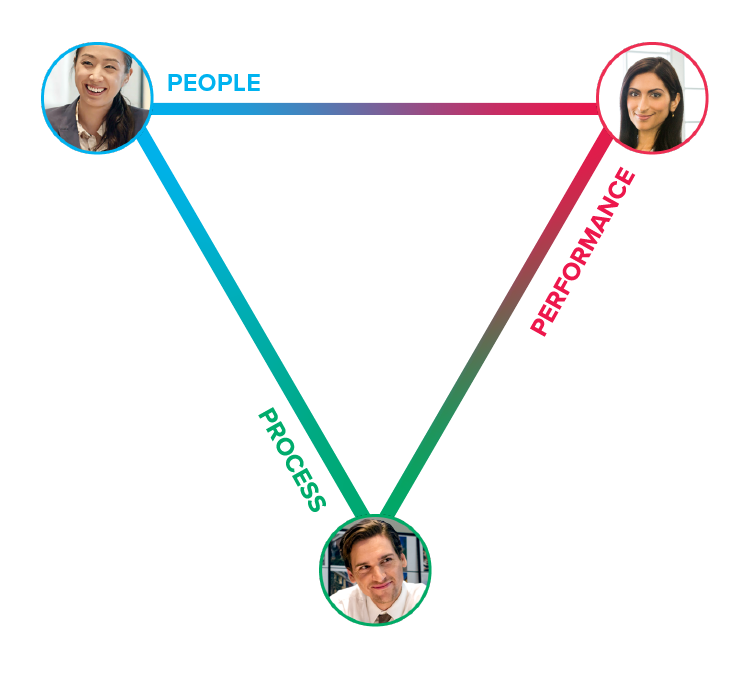
While all of us tend to favor one or two primary motivations of the three, everyone has all three to some degree. That means, even if you’re heavily motivated by performance, you have access to people and process motives as well. Even if it feels counterintuitive to you, an effective way to break out of a slump may be to draw on another motive. People in creative professions recognize that going counter to their intuition is often when they get their best ideas.
The same goes for any field. For example, people with a blue MVS can try green strategies like researching and refining the process, and red strategies like attaching metrics and pushing through. And vice versa.
When you’re in a slump, ask yourself:
- “Do I need to do?”
- “Do I need to get support?”
- “Do I need to look at my technique?”
- “Am I open to the possibility that I’m emphasizing one of these over the others, and might it be time to try another?
When you feel frustrated and stuck in a rut, choosing to use a different strategy can give you back your sense of agency — which in itself can play a role in restoring your usual level of performance.

Core Strengths can help make your slumps shorter and less severe.
While no one can deliver top performance every day, insights from Core Strengths can help if you’ve noticed your batting average is falling.
Take the SDI 2.0 assessment to understand your full motivational value system and how you can draw on people, process, and performance motives when you need a lift.

